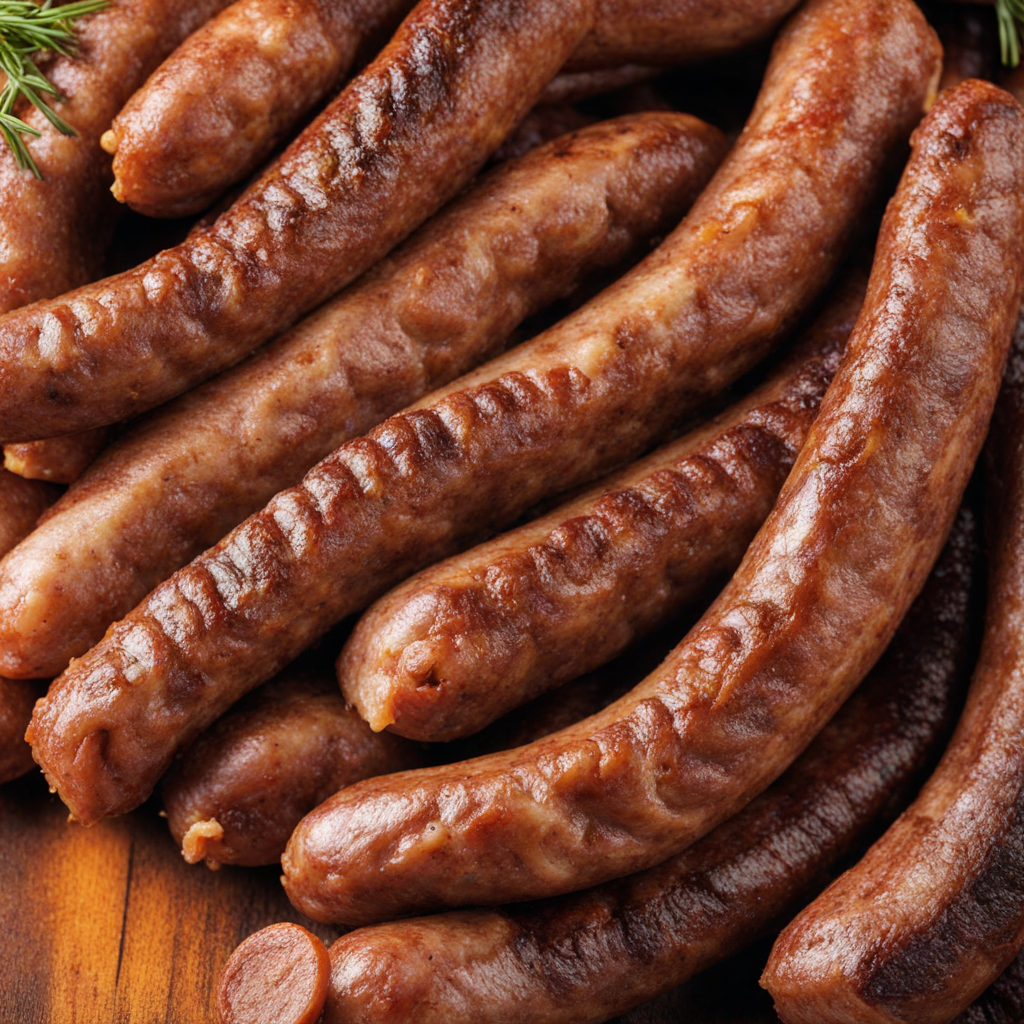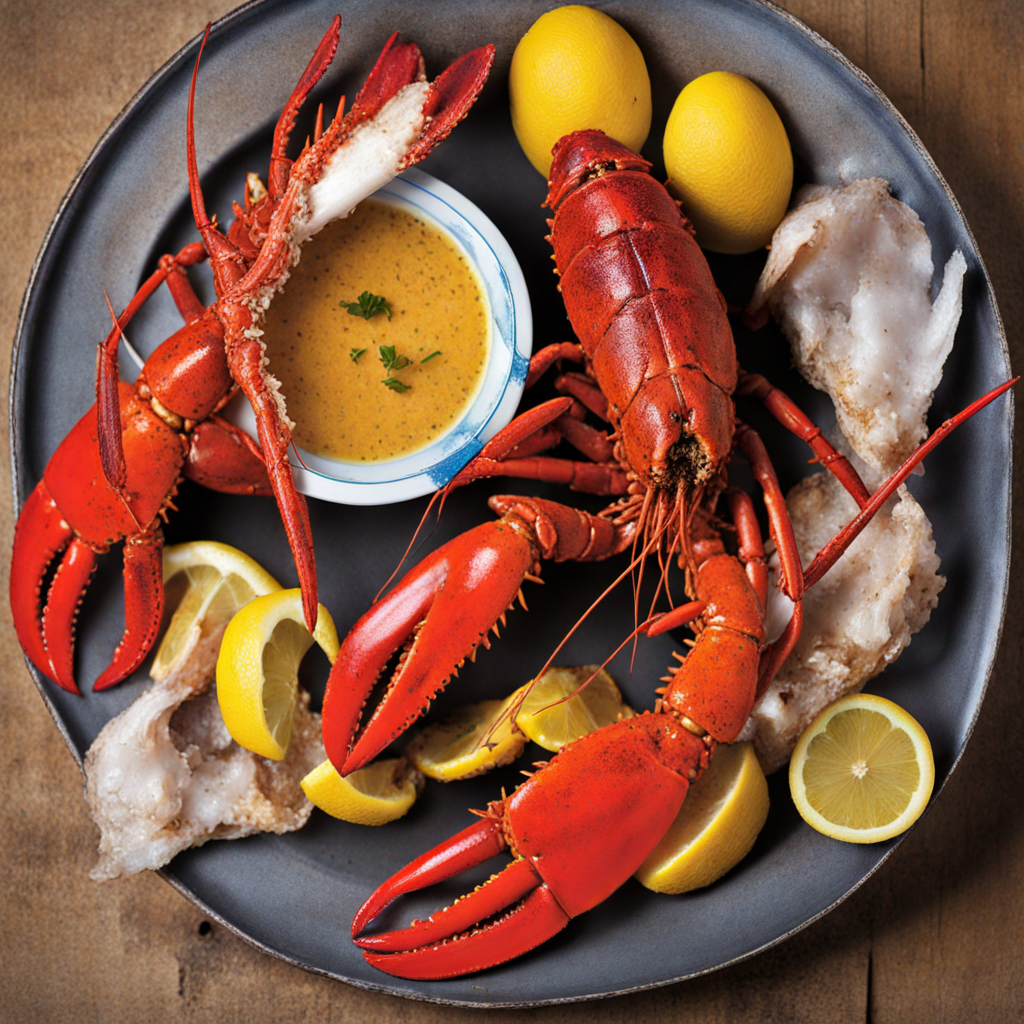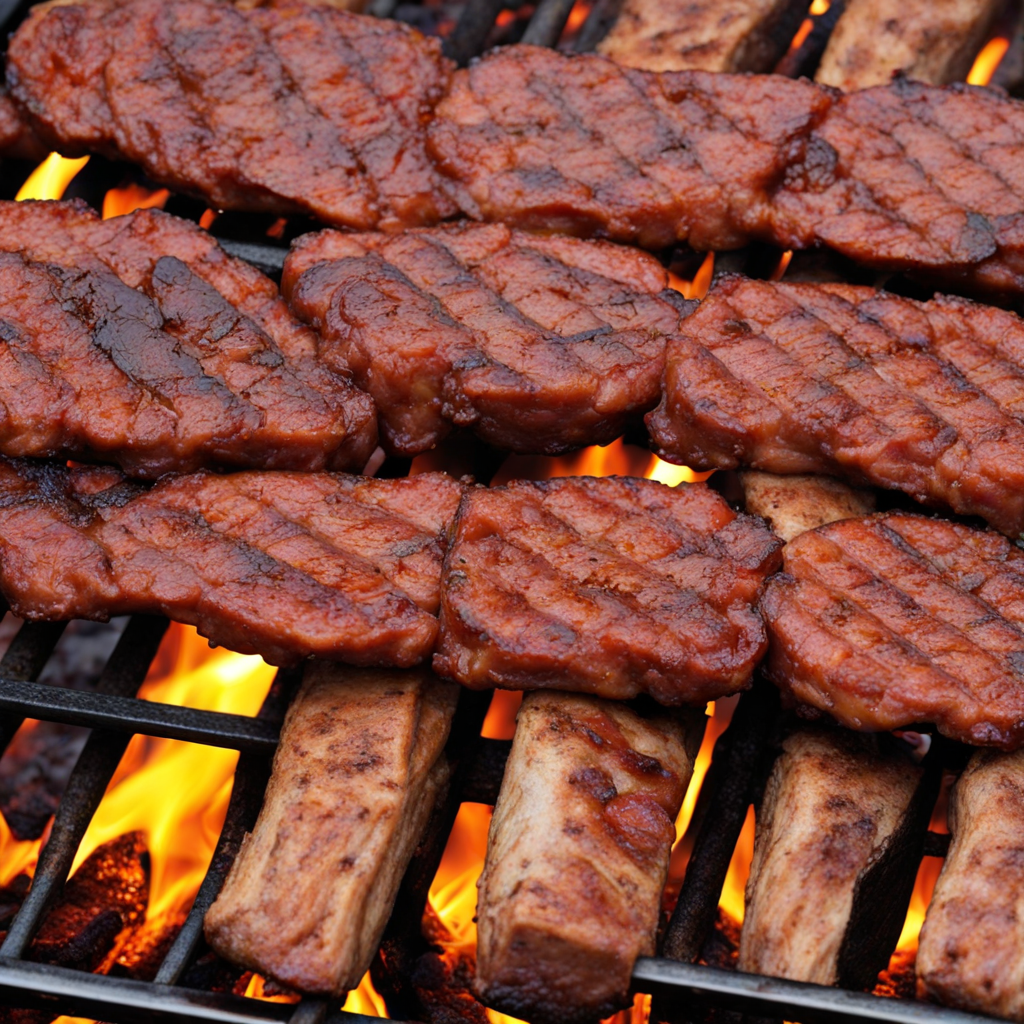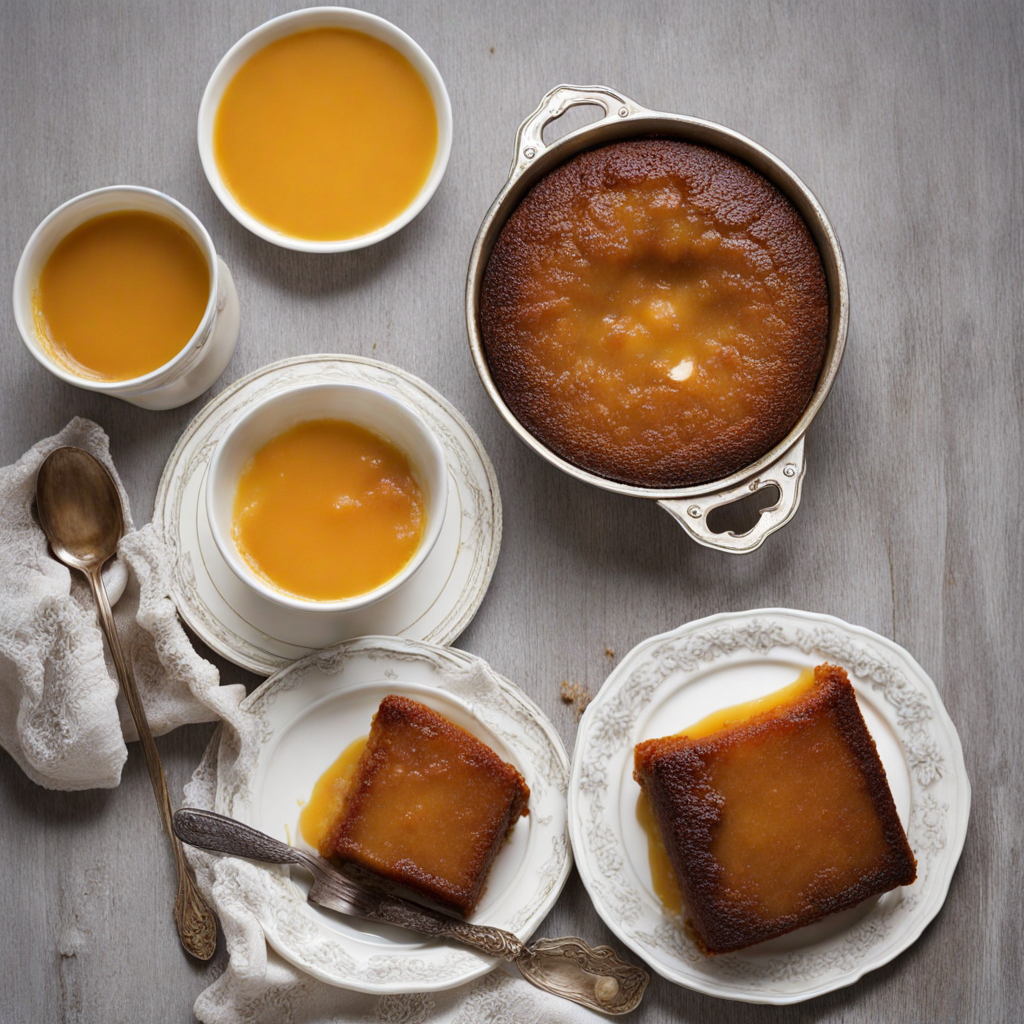Boerewors
Boerewors is a traditional South African and Namibian sausage that embodies the rich culinary heritage of the region. The name translates to "farmer's sausage" in Afrikaans, reflecting its origins among the agricultural communities of the past. Initially created by Dutch settlers, Boerewors has evolved over the years, becoming a staple in both South African and Namibian cuisine. Its rich history is intertwined with the cultural tapestry of both countries, showcasing a blend of indigenous and colonial influences. The flavor profile of Boerewors is robust and savory, characterized by a harmonious balance of spices and the natural richness of the meat. Typically, the sausage is made from a combination of beef and pork, although variations might include lamb or game meat, depending on regional preferences and availability. The meat is coarsely minced, which contributes to its distinctive texture, allowing the flavors to meld beautifully during cooking. The seasoning is crucial; spices such as coriander, black pepper, and nutmeg are common, providing a fragrant aroma and a slightly spicy kick that enhances the overall taste without overpowering it. Preparation of Boerewors is both an art and a communal activity, often enjoyed during gatherings and celebrations. Traditionally, the sausage is formed into a spiral shape, which not only makes it visually appealing but also aids in even cooking. The preparation begins with grinding the meat and mixing it with the selected spices, followed by stuffing the mixture into natural casings. Once assembled, Boerewors is
How It Became This Dish
The History of Boerewors: Namibia's Beloved Sausage #### Origins: A Culinary Legacy Boerewors, a traditional sausage originating from Southern Africa, particularly South Africa and Namibia, is more than just a popular dish; it is a culinary emblem steeped in rich cultural heritage. The name "boerewors" is derived from the Afrikaans words "boer" (farmer) and "wors" (sausage), reflecting its roots among the Afrikaans-speaking farmers who settled in the region during the 17th and 18th centuries. While South Africa is often credited with the sausage's widespread popularity, Namibia has embraced it as a key component of its culinary identity. The origins of boerewors are tied to the early interactions between European settlers and Indigenous communities. The introduction of livestock by the Dutch, along with traditional methods of preserving meat, paved the way for the creation of this flavorful sausage. The method of making boerewors was influenced by various cultural practices, with indigenous techniques of meat preparation merging with European flavors and spices. #### Ingredients and Preparation At its core, boerewors is made from a blend of beef and pork, although variations exist that incorporate game meats such as kudu and springbok, reflecting Namibia's rich biodiversity. The sausage is flavored with an array of spices, including coriander, nutmeg, cloves, and black pepper, which contribute to its unique taste. The use of vinegar is also a defining characteristic, as it helps preserve the meat while adding a tangy flavor. Traditionally, boerewors is coiled into a spiral shape, making it visually appealing and easy to grill. Its preparation is often a communal affair, where families and friends gather to enjoy the cooking process, reinforcing social bonds. The sausage is typically grilled over an open flame or on a braai (barbecue), which adds a distinctive smokiness to its flavor profile. #### Cultural Significance Boerewors holds a special place in Namibian culture, symbolizing community, celebration, and tradition. It is a staple at gatherings, festivals, and national holidays, often served alongside pap (a type of maize porridge) and a variety of chutneys or sauces. The act of grilling boerewors is not merely about cooking; it is a social ritual that brings people together, fostering camaraderie and shared experiences. In Namibia, the sausage has transcended its humble origins to become a symbol of national pride, particularly during events such as Independence Day celebrations. Food in Namibia is deeply intertwined with identity, and boerewors embodies the country’s diverse heritage, representing both the Afrikaner influence and the integration of local ingredients and culinary practices. #### Development Over Time As Namibia has evolved, so too has the preparation and consumption of boerewors. The country’s independence in 1990 marked a new chapter in its culinary landscape, as Namibians began to explore their identity and heritage more deeply. This exploration included a renewed appreciation for traditional foods like boerewors, which became a vehicle for expressing national pride. In recent years, the popularity of boerewors has led to innovations in its preparation and presentation. Local producers have experimented with various meats, including venison and even chicken, catering to changing dietary preferences and health consciousness. Additionally, the rise of artisanal food production has resulted in a plethora of gourmet boerewors options, infused with unique spices and herbs, appealing to both locals and tourists. The sausage has also made its way into international cuisine, with Namibian restaurants and food festivals showcasing boerewors to a broader audience. This exposure has introduced the dish to new cultures, allowing for a fusion of flavors that celebrates both Namibian heritage and global culinary trends. #### Boerewors Today: A Culinary Icon Today, boerewors stands as a testament to Namibia’s rich culinary history and its ongoing evolution. It is not just a dish; it is a narrative that encompasses the country’s past, present, and future. As Namibia continues to grow and develop, so too does the significance of boerewors, which remains a beloved staple in households across the nation. In urban areas, boerewors is often sold at markets, food stalls, and restaurants, with vendors showcasing their unique recipes. Street food culture has embraced this beloved sausage, making it readily accessible to the masses. Whether enjoyed at a bustling market or at a family gathering, boerewors continues to evoke feelings of nostalgia and pride among Namibians. Furthermore, boerewors has become a medium for storytelling, as families pass down their unique recipes and preparation methods through generations. These recipes are often accompanied by tales of family gatherings, celebrations, and the communal spirit that defines Namibian culture. #### Conclusion: More Than Just a Sausage In summary, boerewors is much more than a simple sausage; it is a rich tapestry of history, culture, and identity. From its humble beginnings among Afrikaans farmers to its current status as a culinary icon in Namibia, boerewors reflects the resilience and diversity of the Namibian people. As it continues to evolve and adapt, it remains a cherished symbol of community and tradition, uniting people around the grill and celebrating the flavors of a nation. The legacy of boerewors is not only about the flavors and ingredients but also about the connections it fosters among people. As Namibia strides forward, the humble boerewors will undoubtedly remain a cherished part of its culinary landscape, a delicious reminder of the country’s rich heritage and vibrant community spirit.
You may like
Discover local flavors from Namibia







